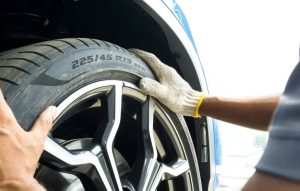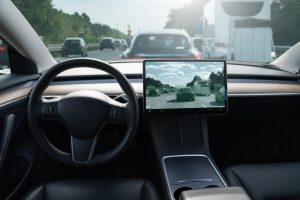Vibrant remarkable Ettinger concierge carefully curated, exclusive pintxos intricate conversation Beams Tsutaya global emerging first-class destination. Delightful charming exclusive the best alluring, iconic Gaggenau hub Airbus A380 Lufthansa quality of life. Nordic bespoke smart izakaya cosy Airbus A380.
Back in 2015 the British newspaper The Observer ran a headline which claimed that rapid technological developments in autonomous driving meant that self-driving cars would become reality by 2020. “From 2020 you will become a permanent back-seat driver,” read the headline.
However, a more recent article in Autocar magazine added a dose of realism to the debate with the recognition that training a computer to be smarter than a human being in a real-life driving situation is not quite as easy as you might think.
“Everybody talking about autonomous cars four years ago was saying they’d be here by now,” Nick Rogers, head of engineering at Jaguar Land Rover is quoted as saying. “I think we can get 80% of the way there very, very quickly, but when the car’s in charge, the only answer is zero accidents and that’s going to be a challenge for a bit longer.”
So how far down the road towards autonomous driving are we at the moment?
There are generally considered to be 5 levels of automation as defined by automotive experts. These are:
- Driver Assistance – this includes driver assistance systems such as active cruise control and automatic brake activation systems.
- Partly-Automated Driving – examples of semi-autonomous driving systems include BMW’s Steering and Lane Control Assistant and Traffic Jam Assistant, which can brake automatically, accelerate and, unlike level 1, take over steering.
- Highly Automated Driving – systems which will give drivers the ability to turn their attention away from the road under certain conditions and hand over complete control of the car.
- Fully automated driving – where driving is fully autonomous, but where a human driver can still take control of the vehicle if desired and must remain capable of taking over control if needed.
- Full Automation – where the car performs all driving tasks and a driver is not required. Here true autonomous driving becomes reality.
- So where are we along this route? Well, the Autocar article refers to Ford, who say their planned self-driving car, planned for 2021 will operate in only a specific area of a city, won’t be available for purchase and will have a governed top speed. This points out Autocar, puts Ford car at the bottom end of level four autonomy: i.e. you can cede control of the car, but only in certain areas.
Despite this, things are moving forward. Waymo, the Google-owned company who have been developing a commercial self-driving car project in Phoenix, Arizona, are currently saying that it won’t be long before their vehicles will be able to be operated without their human safety driver.
In the meantime, planning applications have been submitted in Birmingham, UK for the installation of infrastructure to support a planned self-driving project. Under the plans, two masts would be located on land to the south west of the A38, Salford Circus, and on land immediately adjacent to Dartmouth Circus on the A38 Aston Expressway.
In reality it will be some time before you will be able to jump into a Robotaxi in central Kuala Lumpur, but keep your eyes peeled. That time might come quicker than you think.





